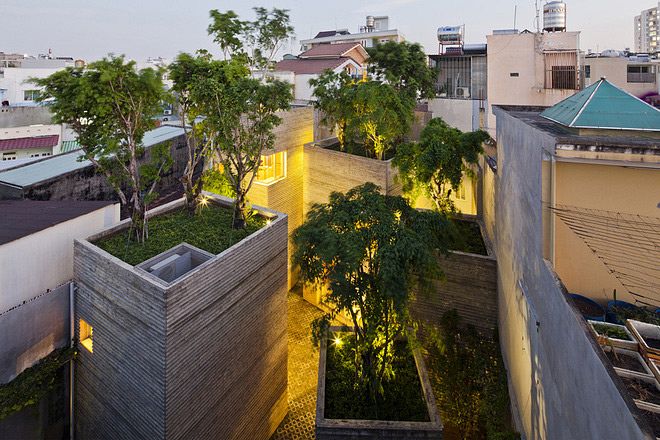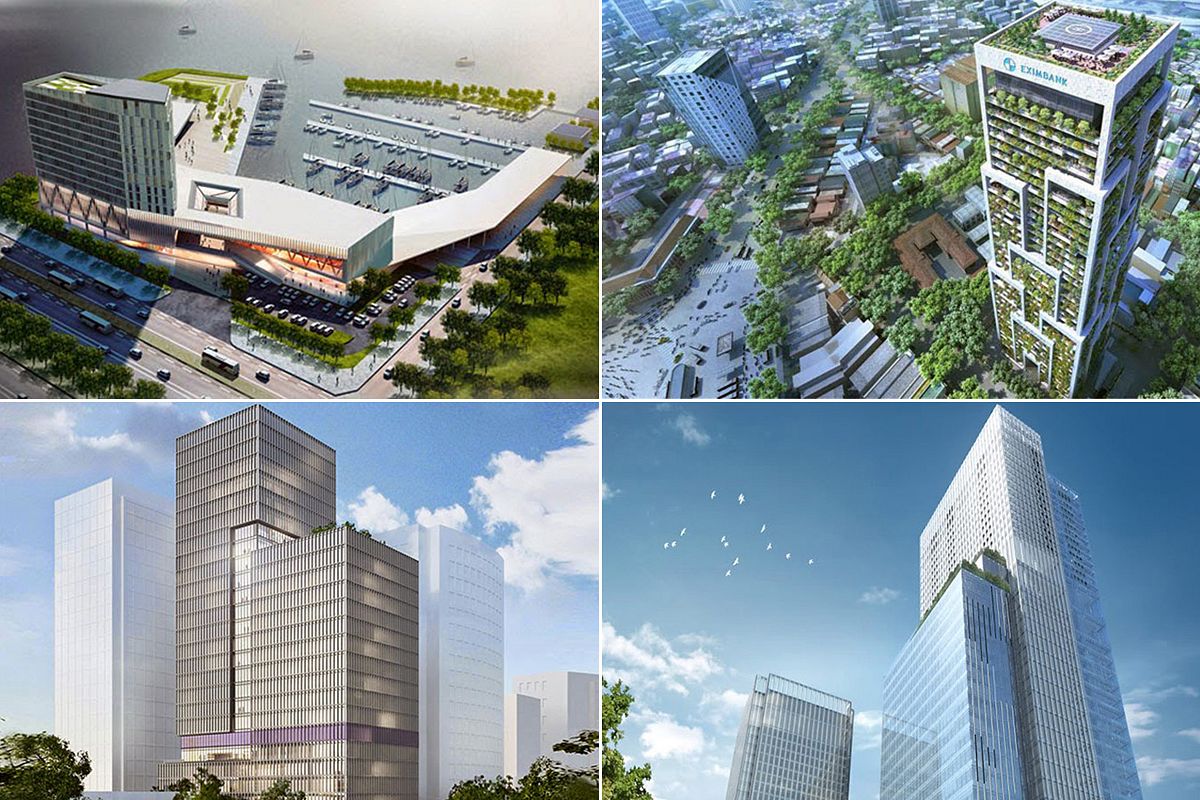There's a sweet new solar-powered ride on the streets of Phnom Penh.
In an effort to create employment opportunities for local women, one nonprofit is bringing sun-powered tuk tuks to the Cambodian capital, reports the Thomson Reuters Foundation.
So far social enterprise Aziza's Place has managed to turn one such vehicle into a mobile coffee cart. Thanks to a series of solar panels across its roof, the tuk tuk can run up to 67kph and go as far as 120 kilometers before needing to recharge, either by the sun or through a conventional power source.
However, it's not just tuk tuks that could benefit from the sunny skies of Cambodia. Star8, the Australian company behind these solar-powered vehicles, recently opened its first factory – a solar-powered building – in Phnom Penh and has big plans to continue the country's push for solar energy.
According to an Asia Development Bank report published earlier this year, the Kingdom is a prime location for solar energy. The country averages five and a half hours of sunshine per day and receives high levels of solar radiation even during cloudy weather.
“The potential for Cambodia to become a solar power is huge, given how much solar radiation you get here all year round," Star8's managing director Phil Stone told the Thomson Reuters Foundation. "But the challenges are large, too.”
On the bright side, solar power could provide energy to Cambodians that's not only environmentally conscious but also cost-effective. Solar energy is as cheap as USD$0.13 per kilowatt hour in some countries, putting its costs below those of Cambodia's current electricity grid.
Even the Cambodian government has recognized solar energy's potential, as only 35% of its people currently have access to the conventional power grid. With the help of international assistance, Cambodian officials are striving to bring solar power systems to roughly 12,000 households in the country.
This could make a world of difference for rural families in need. At present, roughly 1.6 million households in the Kingdom use diesel generators or kerosene to meet their power needs, both of which emit greenhouse gases and far exceed the cost of solar power.
The downside, however, is that high overhead costs and a lack of trust in solar energy often deter Cambodians from investing in the equipment necessary to take advantage of the sun. As such, Netherlands-based SNV, a nonprofit development organization, is hoping to get more Cambodians on board by offering microfinancing for solar power systems for up to 25,000 households in the country, as well as launching an education campaign to inform locals of its benefits.
In the meantime, we'd love to see fewer exhaust fumes and more solar-powered vehicles on the streets of Saigon – anything to help get rid of the city's haze.
[Photo via Thomson Reuters Foundation]














